We live surrounded by areas of intense tornadic activity... commonly known as Tornado Alley. Towns all around us have suffered terrible storm damage, most recently nearby Branson on February 29, 2012 and the EF5 multiple vortex disaster in nearby Joplin on May 22, 2011 that recorded wind speeds of 250 miles per hour, killing 160 people and doing over $2 billion in damages.


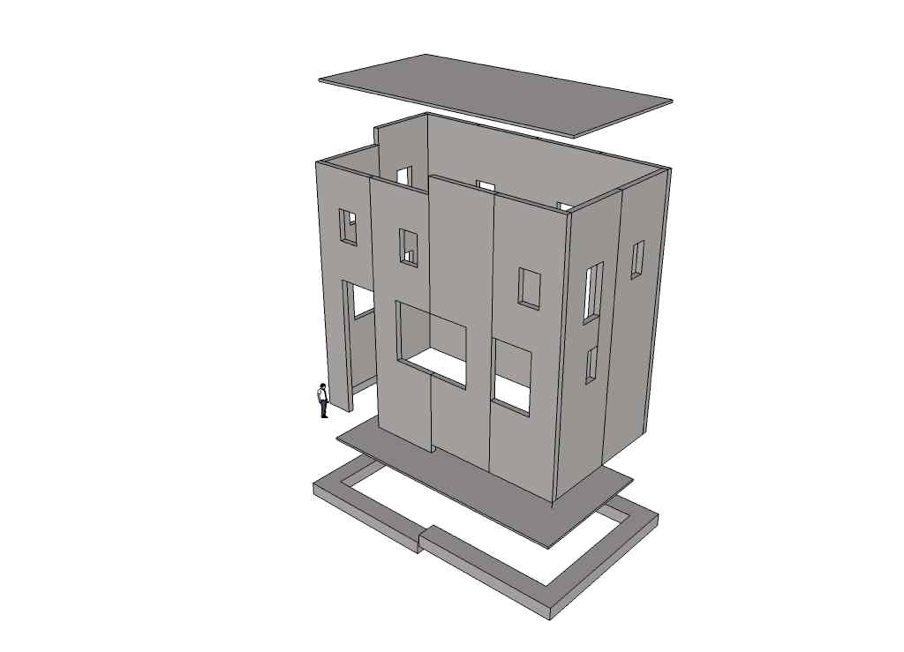

* * *

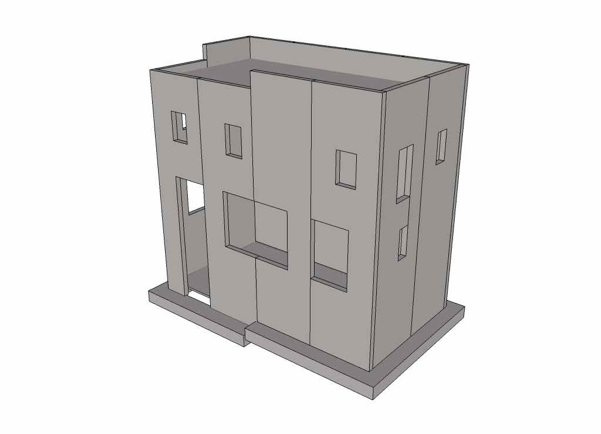
4” steel reinforced concrete slab roof
10” steel reinforced concrete walls with 16 prestressed steel cables per section
4” steel reinforced concrete slab roof
Oversized steel reinforced concrete foundation

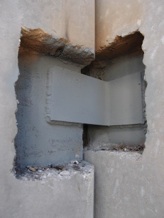
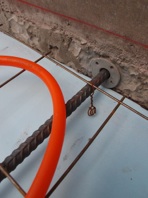
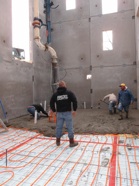
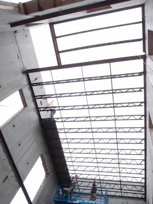
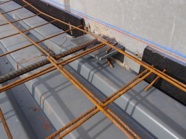
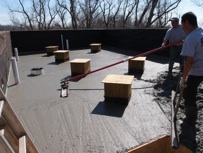
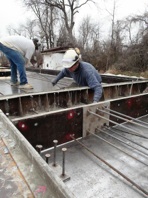
Steel trusses support the top slab
1/2” rebar is welded to embedded plates in the walls. This rebar extends into the top slab.
The roof is a steel reinforced 4” concrete slab
The wall sections are welded together
Threaded 3/4” rebar joins the walls to the slab
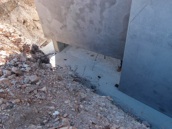
The first floor is a steel reinforced 4” concrete slab
The walls are pinned to the foundation with steel bolts and fast setting epoxy
Each 10’ wall section is reinforced with rebar, steel mesh and 16 1/2” cables stressed with hydraulic jacks








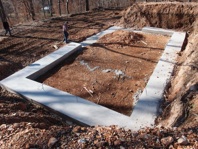
The foundation is huge: 3’ wide walls are over 2’ in depth



Rockspan
The house we are building is not a FEMA shelter, but it shamelessly borrows technology from these structures. From the Joplin disaster, we learned that walls are only as strong as the roof. Once the roof is gone, the walls can fall apart. The key to our design is a series of reinforced concrete features that are bonded together. The walls are secured to the foundation and the first floor slab is secured to the walls. The walls are welded together and the roof slab is secured to the walls. The first floor is below grade and has no windows. There is only one steel door to the outside and this room will be our storm shelter when the next tornado strikes.
